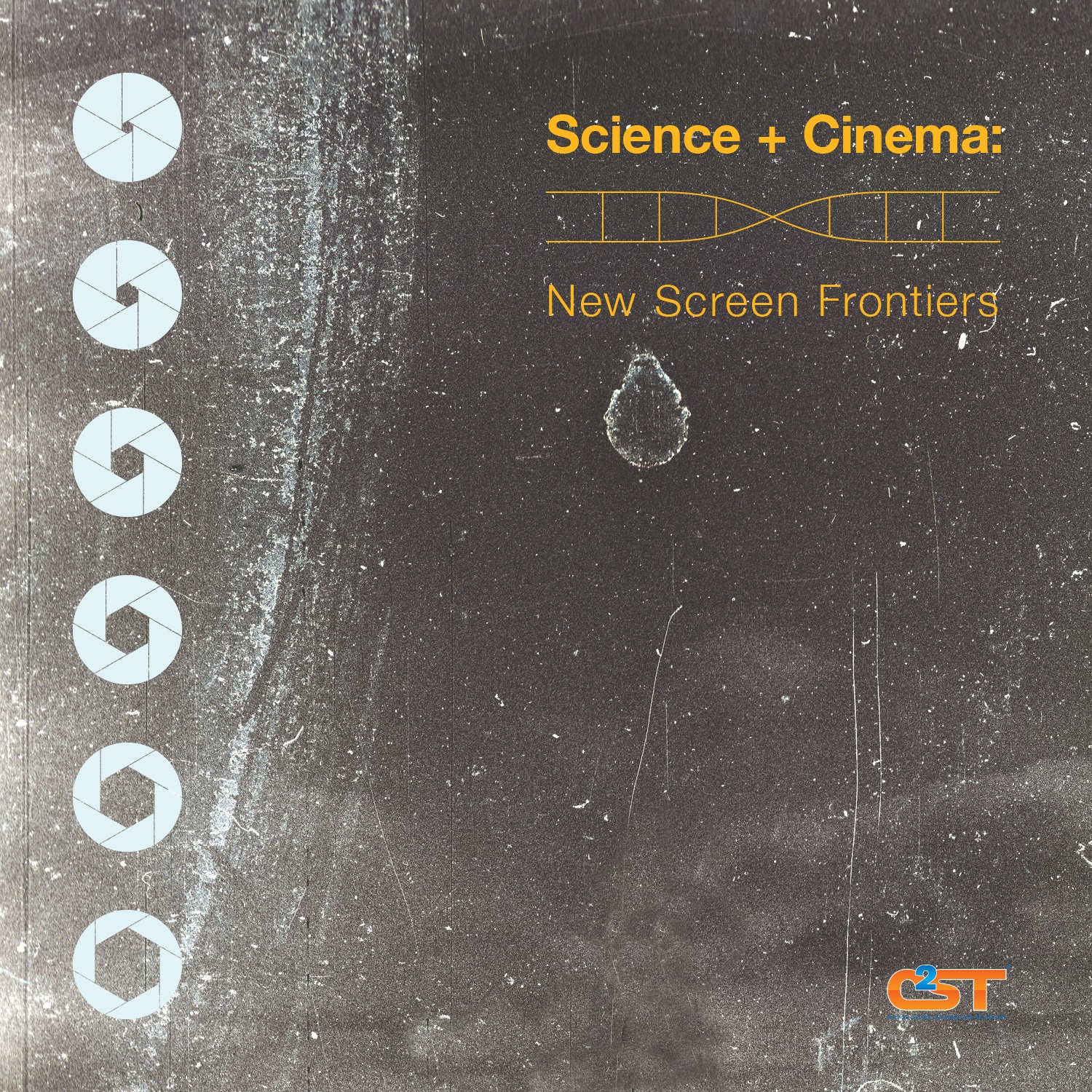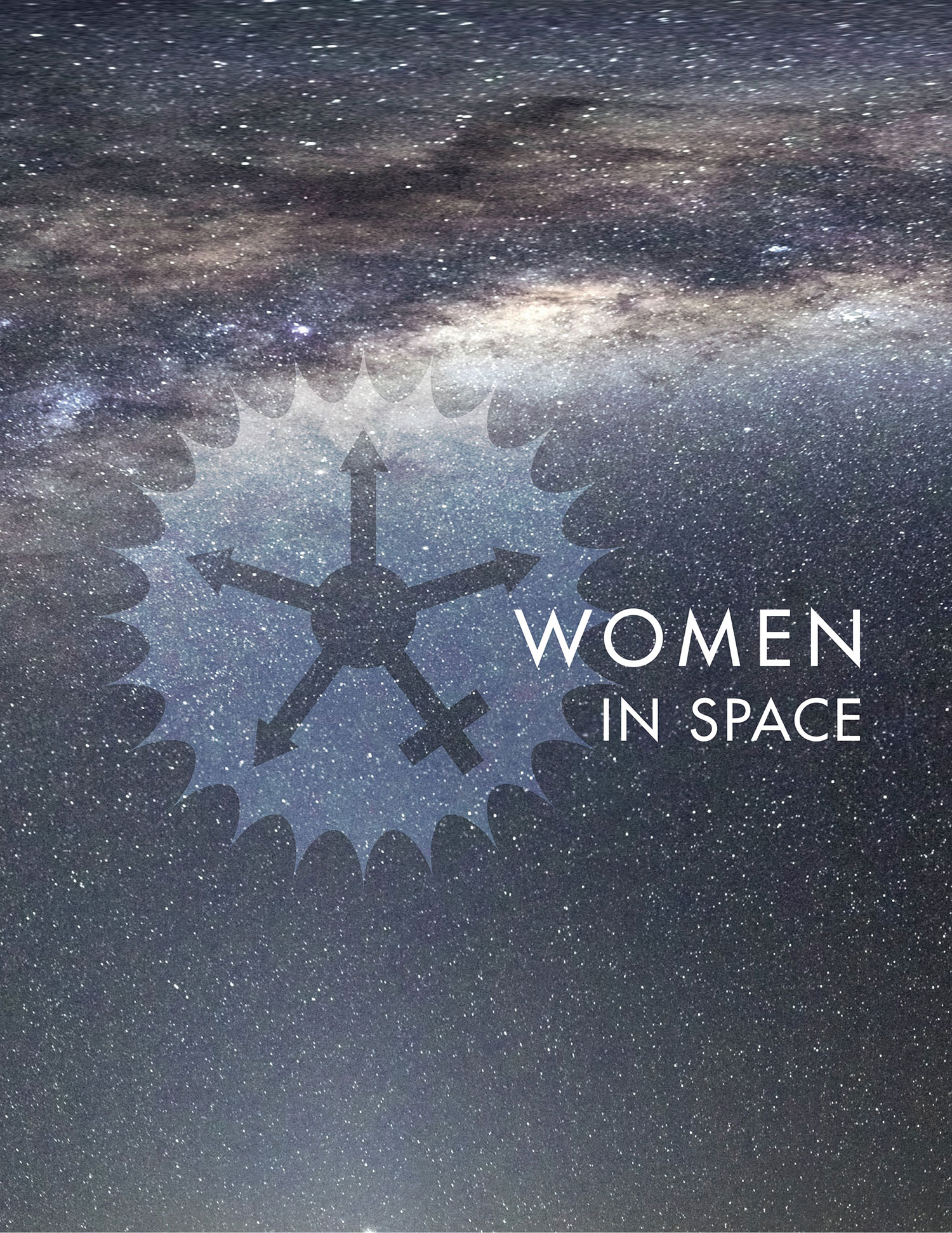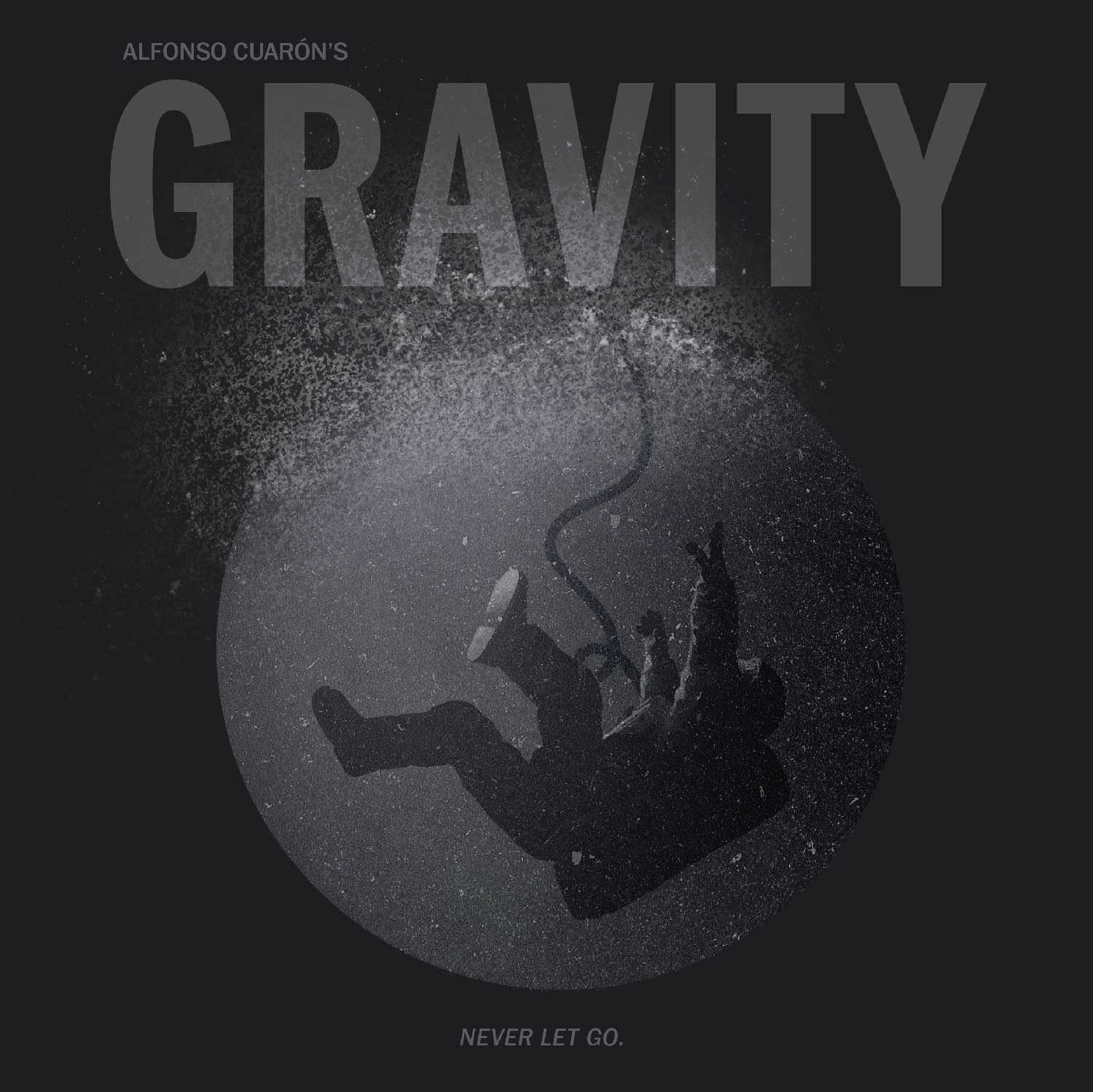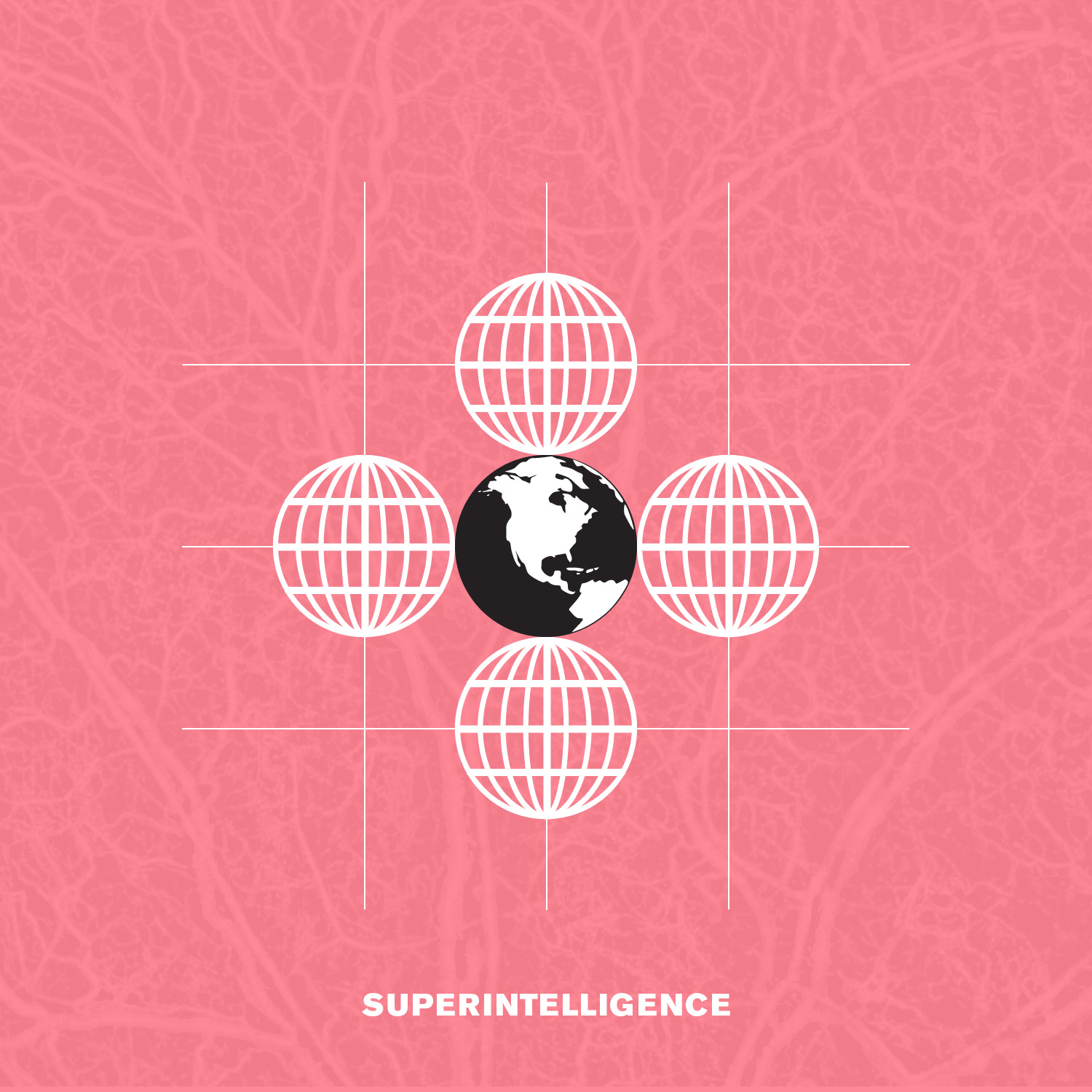Upcoming Events
C2ST achieves its mission by hosting relevant, independent, and credible public STEM programs across all scientific fields at locations throughout Chicagoland. With nine out of ten program attendees’ expectations fulfilled, our supporters agree that C2ST is accomplishing its mission of increasing the public’s understanding of science and technology.
We are dedicated to providing a professional and inclusive environment for everyone, regardless of gender, gender identity and expression, sexual orientation, disability, physical appearance, body size, race, age, or religion. Please be respectful of diversity in individuals and in cultures at our events.
Miss an event? Anyone across the globe can access our STEM program library by visiting our YouTube channel, C2ST TV. Also be sure to follow us on Facebook, where we livestream many of our programs.
Check out below what programs we have planned and discover what we’ve hosted in the past.
Privacy Policy
As a guest of Chicago Council on Science and Technology (C2ST), you agree to be photographed, videotaped, or filmed and grant C2ST permission to put the finished footage/photography to any uses that it may deem proper including marketing, advertising (print, radio, and television) and PR-related activities.
We only have access to/collect information when you sign up for our programs or that you voluntarily give us via email or other direct contacts from you. We will not sell or rent this information to anyone. We will not share your information with any third party outside of our organization.
Filter Events
October 21, 2014
Film Row Cinema
1104 South Wabash Avenue, Chicago, IL, USA
Program Series:
Science and Society
From sci-fi to computer simulated graphics to mind-expanding documentaries, science and film have always gravitated toward one another.
September 20, 2014
Chicago Cultural Center
78 E Washington St, Chicago, IL, USA
Program Series:
Physical Science
Community Cinema, presented by WTTW and ITVS in partnership with Chicago Department of Cultural Affairs and Special Events, is excited to offer an advance screening of MAKERS: Women In Space, tracing the history of women pioneers in the space program and featuring the next generation of women engineers, scientists, mathematicians and astronauts.
September 19, 2014
Film Row Cinema
1104 South Wabash Avenue, Chicago, IL, USA
Program Series:
Physical Science
Is Gravity a realistic view of the hazards of intergalactic travel, or just a reboot of old movie serials with weightlessness thrown in? Is it an examination of solitude and the human need to connect with others, or a soporific woman’s weepie about the pains of unfulfilled motherhood? Gravitas or grasping for meaning?
September 8, 2014
Northwestern University, Chicago Campus, Hughes Auditorium
303 East Superior Street, Chicago, IL, USA
Program Series:
Science and Society
Superintelligence asks the questions: What happens when machines surpass humans in general intelligence? Will artificial agents save or destroy us? Nick Bostrom lays the foundation for understanding the future of humanity and intelligent life.
August 23, 2014
Hilton Chicago
720 S Michigan Ave, Chicago, IL, USA
Program Series:
Health and Wellness
Coinciding with the Transamerica Chicago Triathlon, Dr. Steven McCaw of Illinois State University will bring us the latest research and advances in the science of running. If you are one of the millions of Americans who run for exercise or recreation, you won’t want to miss this event.
April 30, 2014
Northwestern University, Chicago Campus, Hughes Auditorium
303 East Superior Street, Chicago, IL, USA
Program Series:
Climate, Energy, and Environment
Climate security has brought environmentalists and militaries across the world into a unique accord: both are concerned by the effects that climate change does and will have on existing situations of insecurity. The U.S. Department of Defense declared the threat of climate change impacts a very serious national security vulnerability that, among other things, could enable further terrorist activity. They deem climate change a “threat multiplier.”





